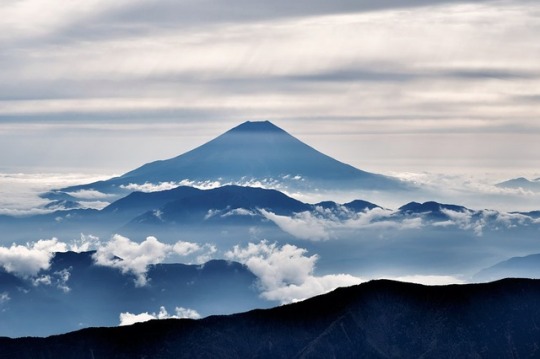Photo

“ Volcan Osorno with Lago Llanquihue / Chile .”
674 notes
·
View notes
Photo
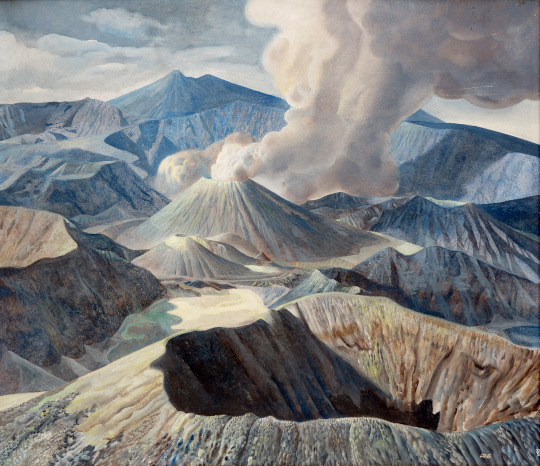
Eppo Doeve (Dutch, 1907-1982), Volcanic landscape. Oil on board, 125 x 144 cm
2K notes
·
View notes
Photo

It’s been a remarkable year for lava activity at Hawaii Volcanoes National Park. The astounding power of nature can be easy seen at lava lakes, surface flows and the Kamokuna ocean entry, where lava is streaming out into the Pacific, creating huge clouds of gas and steam. The lava entering the ocean is beginning to rebuild a large delta, forming new land. While there’s something mesmerizing about the movement of molten rock, visitors should always pay attention to their surroundings and stay out of closed areas as they explore Kīlauea – the world’s most active volcano. Photo by Janice Wei, National Park Service.
608 notes
·
View notes
Photo
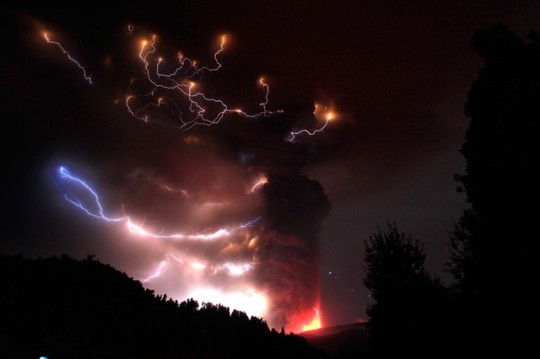



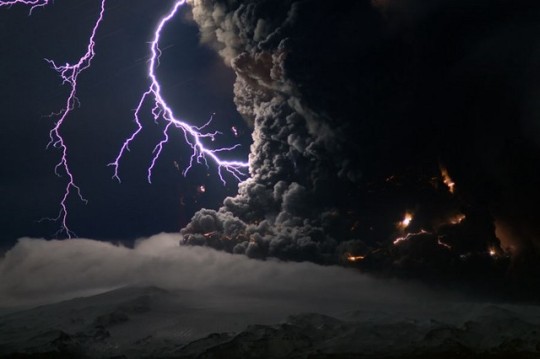
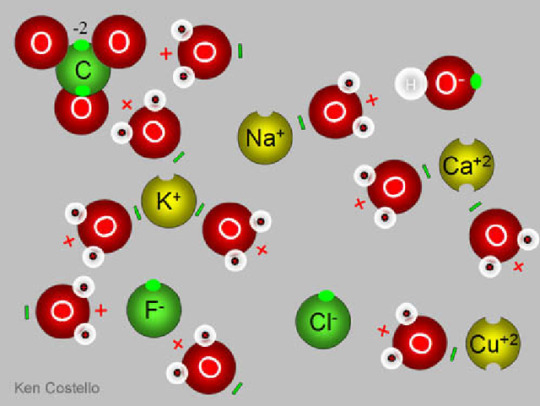

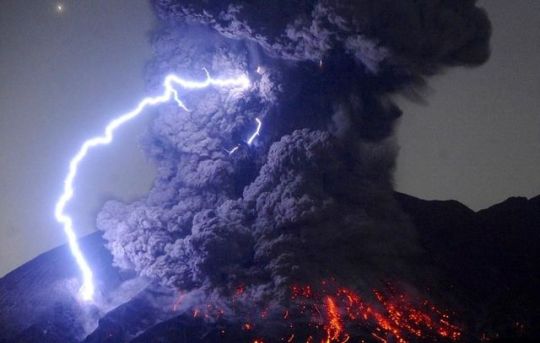

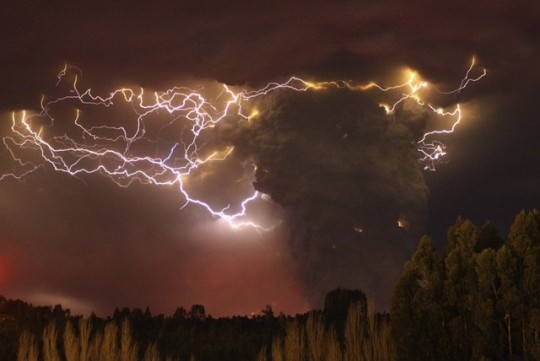
How Do Volcanoes Make Lightning?
“Volcanic lightning appears to occur most frequently around volcanoes with large ash plumes, particularly during active stages of the eruption, where flowing, molten lava creates the largest temperature gradients. The phenomena of lightning has been exquisitely recorded around a number of recent volcanic eruptions, including Iceland’s Eyjafjallajökull, Japan’s Sakurajima, Italy’s Mt. Etna, and Chile’s Puyehue, Calbuco and Chaiten volcanoes. But what you may not know is this phenomenon was not only captured during Mt. Vesuvius’ last eruption in 1944, but was accurately described nearly 2,000 years ago when it erupted all the way back in the year 79!”
Volcanoes are some of the most potentially destructive natural phenomena known to occur on our world. The most violent eruptions feature not only lava, but soot, ash, volatile gases, and even enormous chunks of rock hurled great distances. What you might not realize, however, is just how frequently these eruptions are accompanied by another spectacular show: volcanic lightning. Lightning isn’t only found in thunderstorms or other great electrical discharges between the clouds and the ground, but is produced in volcanic eruptions all throughout the world, and throughout history as well. After countless generations, where we wondered what could produce such an unusual but spectacular show, we’ve finally figured it out.
Come get the science behind how volcanoes make lightning, and enjoy some of the greatest photographs of this phenomena humanity’s ever taken!
2K notes
·
View notes
Photo
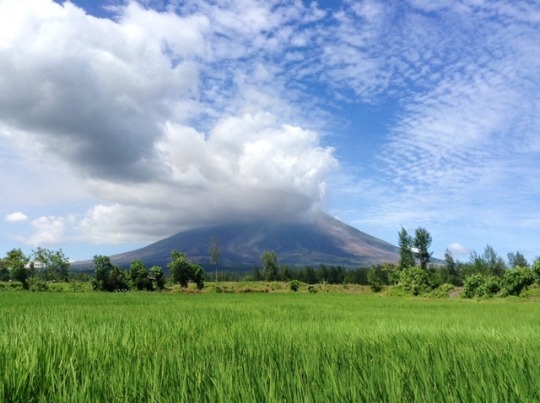
Mayon Volcano 😍
134 notes
·
View notes
Video
vimeo
This clip, including nighttime lava flow shots from drone camera, was one of the most popular volcanic eruption videos of 2016. The eruption is of Piton de la Fournaise Volcano, Reunion Island.
135 notes
·
View notes
Photo
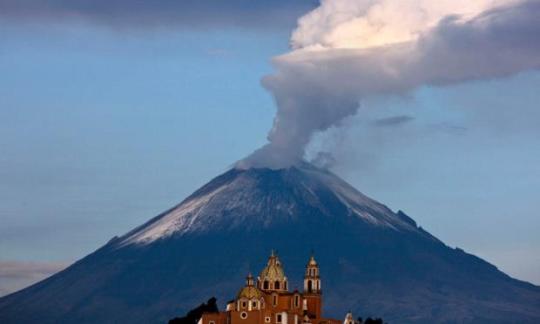
El Popo is still stirring.
Towering above Mexico City, Popocatepetl has entered a phase of heightened activity these last few years. About two emissions of steam rich ash are being erupted hourly and a bright red glow is still visible in the crater indicating the rise of lava within the edifice. A new lava dome is currently growing within the crater. High levels of sulphur dioxide within the plume indicate that the magma is strongly degassing on the way up. This is good news, as eruptions are powered by gas trapped within the magma, if it’s being released into the atmosphere, it reduces the likelihood of an increase in eruptive power.
Loz
Image credit: Guillermo Arias/Corbis
http://www.volcanodiscovery.com/popocatepetl/news.html
141 notes
·
View notes
Video
instagram
Wispy clouds rolling over Mt. Fuji. Watch how calm the lake water is in the foreground.
229 notes
·
View notes
Photo
I knoow! This post is not about a volcano! Just this one, promise. ♥
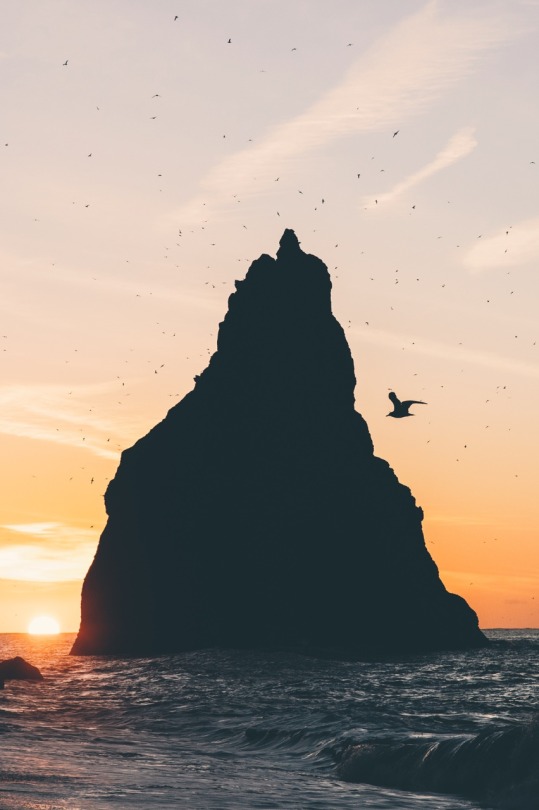
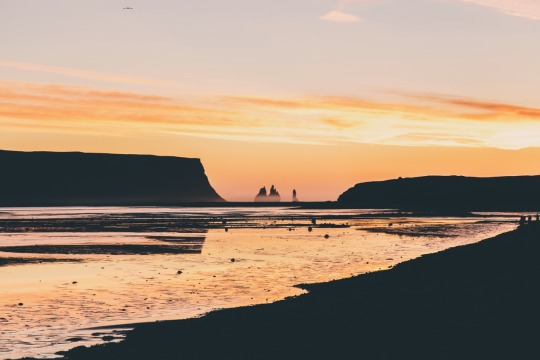

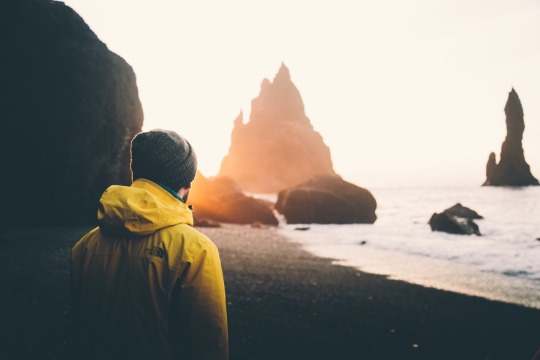


Iceland Mornings
3K notes
·
View notes
Video
I didn’t mean to upload this like this… This is what I was doing yesterday morning… Burning my face and hands and phone and generally avoiding getting murdered by nature.
Seriously, several hundred degrees of panic over my phone.
#lifeinparadise #luckywelivehawaii #lava #volcano #volcanoesnationalpark #nationalpark #geology #sciencerules #kilauea #bigisland #Hawaii (at Kilauea Volcano, Big Island, HI)
233 notes
·
View notes
Photo

Deadly 2013 eruption at Mayon Volcano, Philippines
Mayon Volcano, or Mount Mayon, is a volcano on the island of Luzon in the Phillippines. The volcano reaches an elevation of nearly 2500 meters (~8000 feet) and rises up as a single solitary cone nearly from sea level. Across a small bay from Mayon sits Legazpi city with a population of 180,000, a city nicknamed the “City of Fun and Adventure”.
Keep reading
56 notes
·
View notes
Photo

Slowly Sinking Caldera
A caldera is a gigantic hole in the ground formed by a volcano, commonly associated with extremely large eruptions. Thankfully they are rare – only a half dozen-caldera forming eruptions have been observed by humans since the start of the 20th century. But, since these events are rare and often extremely hazardous, the mechanics of caldera formation are poorly understood.
Keep reading
63 notes
·
View notes
Photo
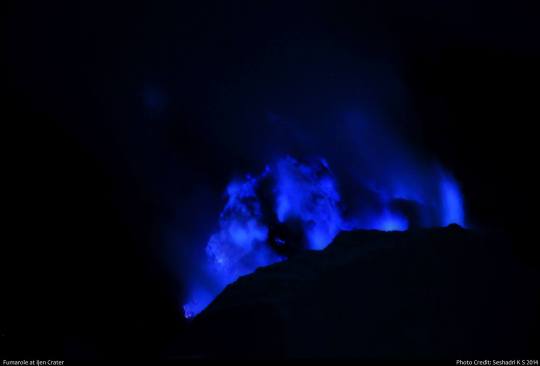
The blue lava from this Indonesian volcano isn’t actually blue
The Ijen volcanic complex in Indonesia has been continually erupting for a good few years now, and has been extensively photographed because of its most distinct feature: its electric-blue lava. But the term “blue lava” is a bit of a misnomer — the flowing lava is engulfed by blue flames that gives the lava its iridescent glow, and those blue flames are the result of some simple but fascinating chemistry.
Keep reading
148 notes
·
View notes
Photo
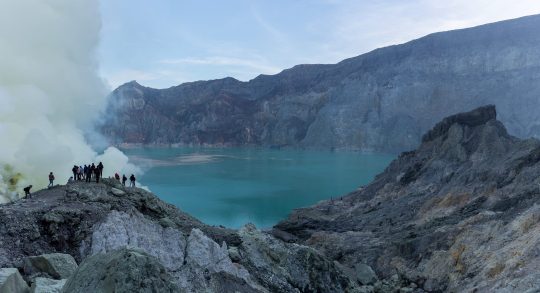
Kawah Ijen Crater Lake
The most famous, well-publicized feature of the Kawah Ijen volcano is the blue flame given off at night from burning sulfur at the site (http://tmblr.co/Zyv2Js218fESS), but it’s not the only feature of interest in this Indonesian Volcano. This volcano hosts a crater lake unique on Earth in its extreme chemistry.
Keep reading
70 notes
·
View notes
Photo
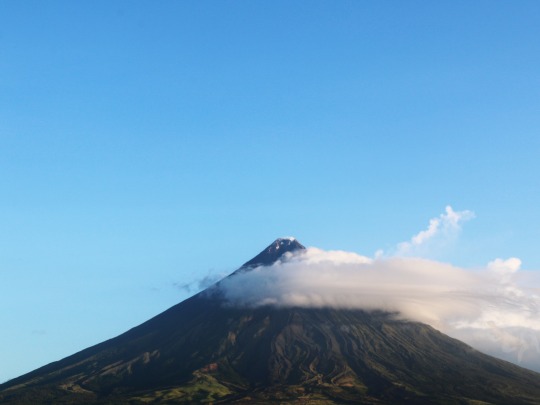
Mayon Volcano
On the way to Donsol, Sorsogon from Misibis, Albay , we had a great view of Mayon volcano’s peak in the morning sun. This active volcano in the Philippines has an almost perfect conical shape.
As to why we woke up at 4am to get to Donsol by 7am - it was for the whale shark interaction.
92 notes
·
View notes

